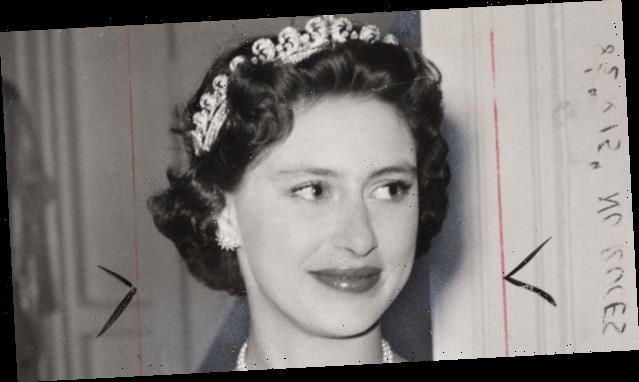If you've got a horoscope app on your phone or check what the stars have in store for you online, you can thank a royal for your habit. According to The Washington Post, the modern horoscope goes back to Princess Margaret, Queen Elizabeth's younger sister. When she was born, astrologer R.H. Naylor wrote a column called "What the Stars Foretell for the New Princess," which was published by the Sunday Express three days after her birthday on August 24, 1930. When what he predicted came true, he became a superstar astrologer and everyone was obsessed with seeing what their signs did for their daily routines.
"Everybody is interested in the future. Can it be told by the stars?" Naylor wrote in that fateful column. He also wrote that "events of tremendous importance to the royal family and the nation" would happen in Margaret's seventh year. Well, he was right: When Margaret was six (close enough), King Edward VIII abdicated the throne to marry Wallis Simpson. That bumped Margaret up to the little sister of the future queen, so saying "events of tremendous importance" may have been underselling exactly what happened.
Thanks to his success with Margaret's 'scope, Naylor earned regular columns in the newspaper, Oprah Magazine notes. Because he didn't have the time to answer the reported 28,000 daily letters he'd receive, he simplified the process of reading star charts. Craig Brown, Princess Margaret's biographer, wrote about Naylor's revolutionary methods in Ninety-Nine Glimpses of Princess Margaret: "He divided 360-degree transit into 12 zones, each of them spanning 30 degrees. He then named each of the 12 zones after a different celestial constellation, and offered blocks of predictions for each birth sign."
That 12-zone system is what you read today in your daily report: 12 archetypes with personality traits for the 12 signs. Oprah Magazine gives credit where credit is due, however, adding that horoscopes go back to Ancient Greece and Babylonia, but Naylor's simplification of them and the access that readers got was, at the time, revolutionary. Next time you pull up that app, give a nod (and a wink) to Margaret.
Source: Read Full Article

